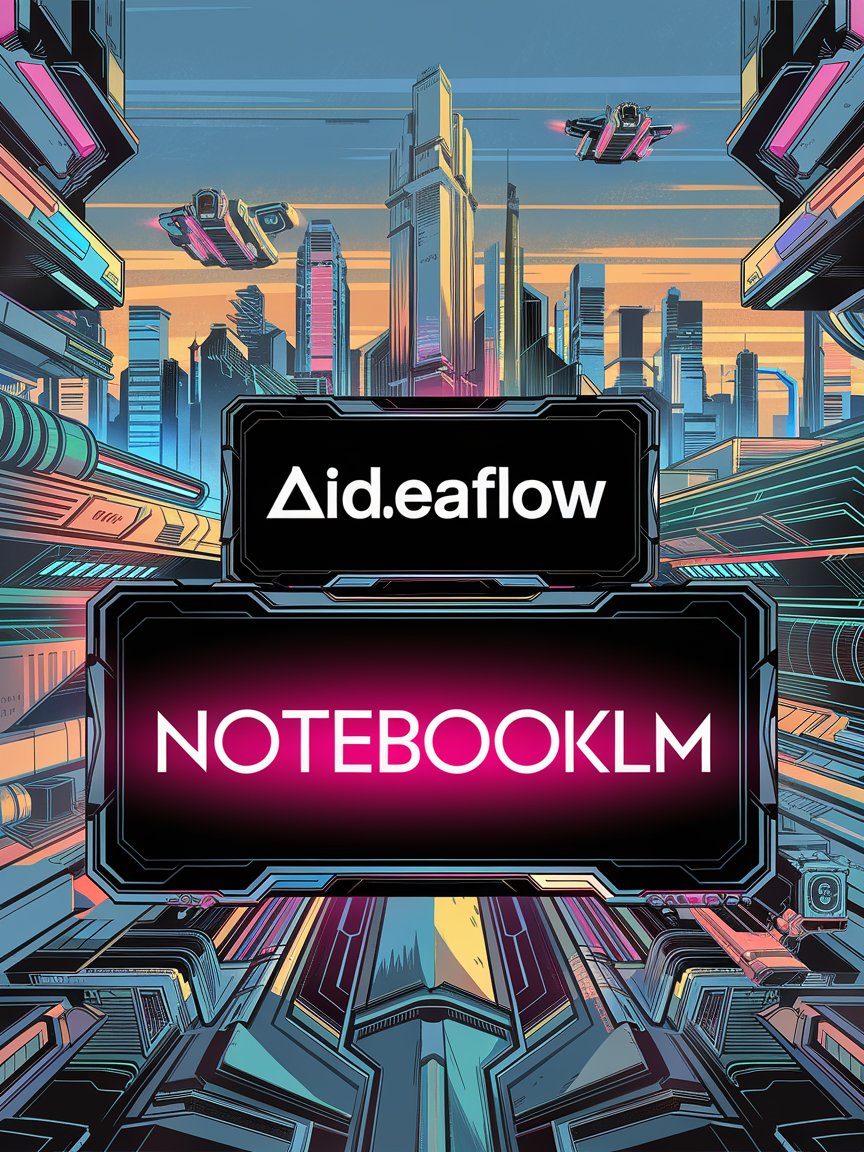
Top 5 Limitations of NotebookLM vs AIdeaFlow: A Deep Dive
In the ever-evolving landscape of artificial intelligence and productivity tools, NotebookLM and AIdeaFlow have emerged as noteworthy contenders. NotebookLM is designed to enhance note-taking and organizational capabilities, while AIdeaFlow focuses on creating AI-powered podcasts and audio content. While both platforms serve their unique purposes, NotebookLM has certain limitations when compared to the more specialized features of AIdeaFlow. In this blog post, we will explore the top five limitations of NotebookLM in contrast to AIdeaFlow, delving into how these shortcomings can affect user experience and productivity.
Understanding NotebookLM
What is NotebookLM?
- A note-taking application that utilizes AI to assist users in organizing thoughts.
- Allows for the integration of various multimedia elements.
- Focuses primarily on written content and organizational tools.
Key Features of NotebookLM
- AI-generated summaries for quick content review.
- Cloud-based storage for accessibility across devices.
- Collaboration tools for team-based projects.
Introduction to AIdeaFlow
What is AIdeaFlow?
- A platform specifically designed for creating AI-powered podcasts and audio content.
- Features tools for scriptwriting, voice synthesis, and audio editing.
- Offers a user-friendly interface for both beginners and seasoned audio creators.
Key Features of AIdeaFlow
- AI-driven content generation for engaging audio narratives.
- Seamless integration with various audio platforms for distribution.
- Advanced editing tools to enhance audio quality.
Limitation 1: Focus on Written Content
NotebookLM's Primary Function
- Primarily designed for text-based note-taking and organization.
- Lacks robust audio content creation capabilities.
Impact on User Experience
- Users focused on audio content may find NotebookLM inadequate.
- Limited multimedia integration compared to AIdeaFlow.
Limitation 2: AI Capabilities
NotebookLM's AI Limitations
- AI assistance is mainly focused on summarizing and organizing written notes.
- Lacks advanced AI features such as voice synthesis or audio enhancements.
AIdeaFlow's Advanced AI Features
- Offers sophisticated AI-driven tools for scriptwriting.
- Provides voice synthesis, making it easier to create audio content.
Limitation 3: Collaboration Features
NotebookLM's Collaboration Tools
- Collaboration features are limited to text-based sharing and editing.
- Real-time collaboration can be cumbersome for audio projects.
AIdeaFlow's Collaborative Advantage
- Provides collaborative tools for audio creation, allowing teams to work together seamlessly.
- Enables multiple users to contribute to a single audio project in real time.
Limitation 4: User Interface
NotebookLM's UI Experience
- User interface is primarily designed for text and may feel cluttered for audio-focused users.
- Navigation can be less intuitive for those looking for audio content creation tools.
AIdeaFlow's User-Centric Design
- Designed specifically for audio creators, making it more intuitive for users in that space.
- Simplified navigation tailored to enhance the audio production experience.
Limitation 5: Distribution Capabilities
NotebookLM's Distribution Limitations
- Limited to sharing text notes and documents.
- No built-in features for distributing audio content.
AIdeaFlow's Robust Distribution Options
- Seamless integration with major podcast platforms for easy distribution.
- Tools for optimizing audio content for various platforms, enhancing reach.
Conclusion
In conclusion, while NotebookLM serves as a valuable tool for those focused on note-taking and written content organization, it does have significant limitations when compared to AIdeaFlow, especially for users interested in audio content creation. From its focus on written content to its lack of advanced AI capabilities, collaboration tools, user interface design, and distribution options, NotebookLM may not fully meet the needs of today's diverse content creators.
On the other hand, AIdeaFlow offers a comprehensive suite of features tailored specifically for audio content, making it a more attractive option for those looking to leverage AI in their podcasting and audio production endeavors. As technology continues to evolve, understanding the strengths and weaknesses of these platforms will empower users to choose the best tools for their unique needs.